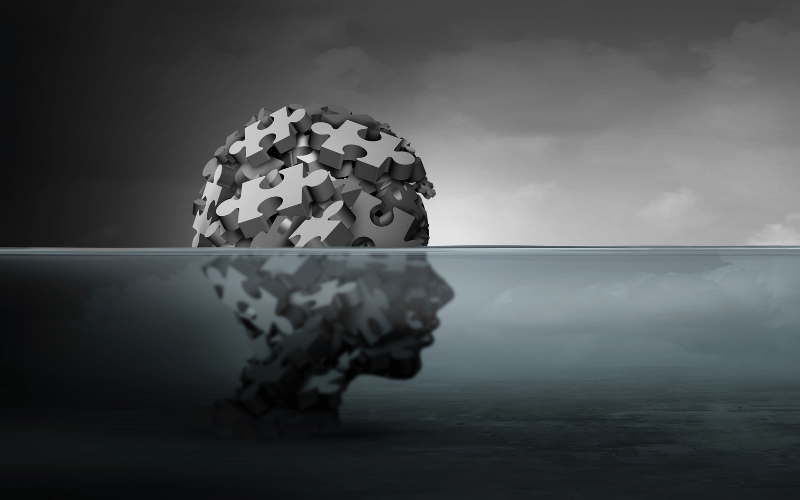8. Psychological Impact and Coping Strategies for Children

The psychological impact of greenstick fractures on children is an aspect that often goes unaddressed but is equally important. Dealing with an injury, the subsequent treatment, and possible restrictions in activities can be distressing for a child. This emotional aspect can influence their overall recovery and outlook towards injury and healing.
Children may experience a range of emotions, from fear and anxiety about the medical procedures to frustration and sadness due to limited mobility or play. Younger children, in particular, might find it challenging to understand the need for rest and may struggle with the temporary loss of independence.
Parents and caregivers play a crucial role in managing this psychological impact. Providing reassurance, maintaining a positive and calm environment, and explaining the situation in an age-appropriate manner can significantly help in alleviating a child’s fears. Involvement in decision-making, to the extent possible, can also empower the child and reduce feelings of helplessness.
Creative coping strategies can be employed to make the recovery period less daunting. This could include activities that can be done while immobilized, like drawing, reading, or games that don’t require physical exertion. Encouraging social interactions with friends or family can also help maintain a sense of normalcy and emotional well-being.
Addressing the psychological impact of greenstick fractures is as vital as treating the physical injury. It highlights the need for a holistic approach to pediatric care, one that nurtures not just the physical healing but also the emotional and mental well-being of the child. (8)